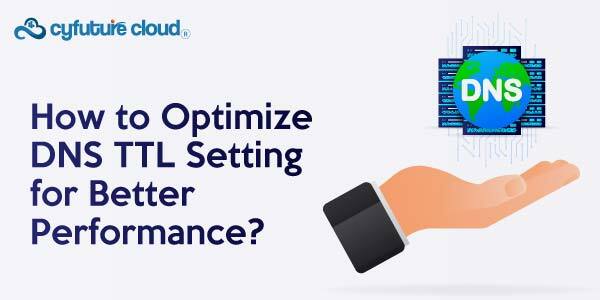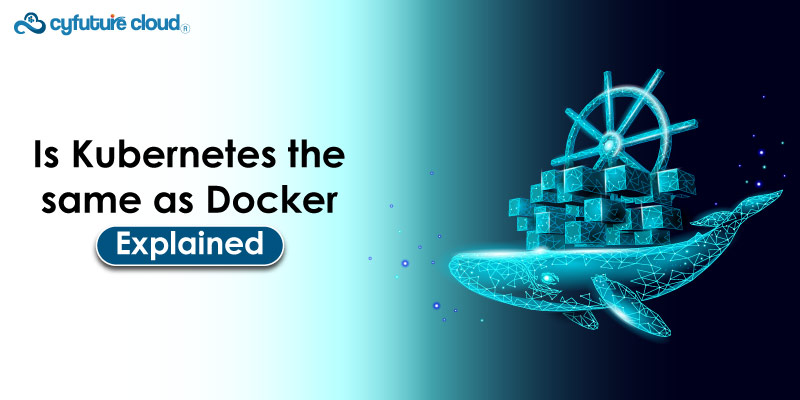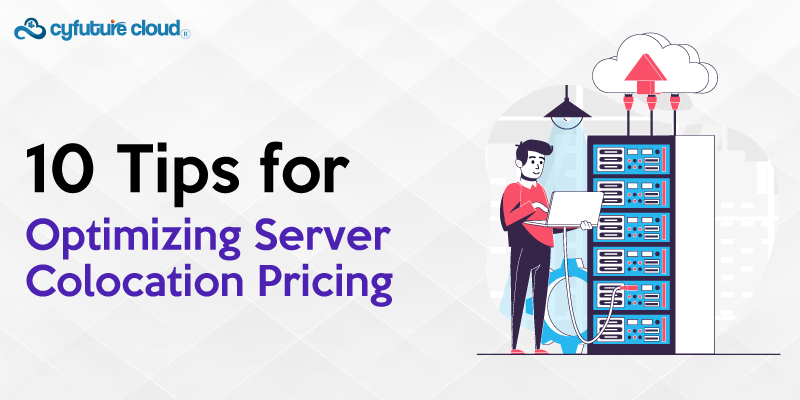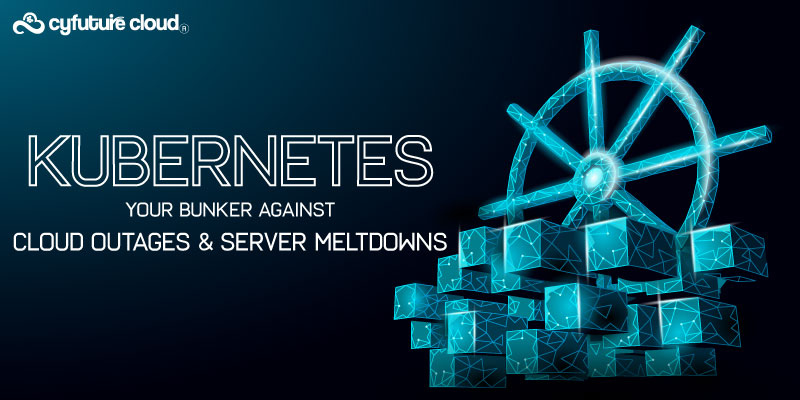Table of Contents
Cloud technology is becoming increasingly popular, with more and more applications running in the cloud. This rise in cloud computing has resulted in a need for changes in application development, leading to the development of what is known as cloud-native technology.
Cloud-native companies build their applications differently from traditional enterprise applications. This article will teach you everything about cloud-native computing, its applications, and more.
Insights On Cloud Native Computing
A term used to explain applications built to run in a cloud computing environment is known as cloud native. These applications are designed to take advantage of the many benefits of cloud computing, such as on-demand scalability and pay-as-you-go pricing.
If you’re learning about digital transformation, you may wonder about in-depth knowledge about “cloud native” and why you need it.
This article explains the key takeaways about the term cloud native. Also, it describes how you can take benefit of cloud-native capabilities to speed up your development team’s productivity and raise your company’s innovation output. Also, explain how the cloud computing delivery model works, architectural principles, and more.
What is Cloud-Native?
Cloud-native is the ideal software approach for modern companies that want to build highly scalable, resilient, and flexible applications. This approach allows businesses to build, deploy, and manage applications in the environment of cloud computing to meet customer demands.
These applications and services can benefit from the many services and technologies available in modern cloud environments. This can include microservices, containers, serverless computing, and more traditional cloud-based technologies like virtual machines and storage services.
These cloud-native solutions enable rapid and frequent application updates without disrupting service delivery, giving early adopters a competitive advantage.
Why Is Cloud Native Important?
Cloud Native allows organizations to take full advantage of the cloud computing benefits. These benefits include
- Scalability: Cloud-native applications and services can be easily scaled up or down to meet changing demand without significant manual intervention.
- Resilience: The design pattern of Cloud-native, such as microservices and containers, can help to ensure that applications and services remain available even in the event of a failure.
- Cost-efficiency: Cloud native technologies can help to reduce the cost of running applications and services by making it easier to run them at scale and by taking advantage of the many cost-saving features of cloud platforms.
- Flexibility: Cloud-native design allows for greater flexibility in terms of development, testing, and deployment of apps, making it easier to build and deploy new features and functionality.
- Automation: Cloud-native design principles use automation tools and technologies, which can help reduce the time and effort required to manage and maintain applications and services.
What Do You Mean By Cloud Native Applications?
The software applications designed and built in cloud computing environments are known as cloud-native applications. Typically, they are built using cloud-native technologies and architecture patterns such as containers, microservices, and serverless computing.
Cloud-native applications are developed using tools, frameworks, and languages and deployed on cloud-native platforms such as OpenShift, Kubernetes, and Cloud Foundry.
Cloud-native applications are different from traditional ones designed to run on a single machine or in a data center. They are less flexible and unable to take advantage of the benefits of cloud computing.
Some examples of cloud-native applications with their principles and benefits include:
|
Cloud-Native Application |
Best Practices |
Benefits |
|
Web and Mobile Applications |
Use containers and Kubernetes for container orchestration and management |
High scalability, easy deployment, and management |
|
Streaming and Real-time Data Processing Applications |
Use Apache Kafka or Apache Storm for streaming data and real-time processing |
High performance, real-time data processing, and low latency |
|
Applications based on Microservices |
Use domain-driven design (DDD) and API Gateway patterns |
Flexibility, scalability, and ease of deployment and management |
|
Serverless Applications |
Use Function-as-a-Service (FaaS) platforms like AWS Lambda or Azure Functions. |
Low-cost, automatic scaling, and event-driven computing |
|
Machine Learning and AI-based Applications |
Use cloud-native machine learning platforms like AWS SageMaker or Google AI Platform. |
Scalability, cost-efficiency, and easy access to powerful machine-learning capabilities |
|
Cloud-Native Databases |
Use managed database services like Google Cloud SQL or Amazon RDS |
High availability, scalability, and ease of management |
|
Cloud-Native Storage |
Use object storage services like Amazon S3 or Google Cloud Storage |
High scalability, durability, and cost-efficiency |
|
Backup and Disaster Recovery |
Use cloud-native backup and DR services like AWS Backup or Azure Backup |
Automated, scalable, and cost-efficient data protection |
|
Cloud-Native Edge Computing |
Use of edge computing platforms like Azure IoT Edge or AWS Greengrass |
At the edge of the network, it provides Real-time data processing and low latency |
|
Cloud-Native Networking |
Use cloud-native networking services like Amazon VPC or Google Cloud VPC |
High scalability, security, and ease of management |
What is cloud-native application architecture?
Cloud-native application architecture is a design approach for building and deploying software applications in cloud computing environments. It is built around the principles of microservices, containers, and automation. It is optimized to take full advantage of the benefits that cloud computing provides, such as scalability, resilience, and cost-efficiency.
Microservices
Cloud-native applications are built using a microservices architecture, which breaks down monolithic applications into smaller, independently deployable services. This allows for greater flexibility and scalability and easier management and deployment of individual services.
Containers
These applications are packaged in containers, which are lightweight and portable executable packages that include everything an application needs to run. This makes it easy to deploy and run applications in a cloud environment.
Automation
Such applications are designed to be managed and maintained using automation tools and technologies, such as container orchestration platforms like Kubernetes. This makes it easier to manage and scale applications in a cloud environment.
Observability
Cloud-native applications are designed to be observable, providing telemetry data and logging to understand the application behavior and performance; this helps identify and troubleshoot issues quickly.
Security
Cloud-native applications are designed to be secure by leveraging the security features of the cloud platform and implementing best practices for securing cloud-native applications.
Continuous Integration and Deployment
Cloud-native applications are designed to be continuously integrated and deployed, enabling faster time-to-market and fewer errors.
What are the differences between cloud-native applications and traditional IT applications?
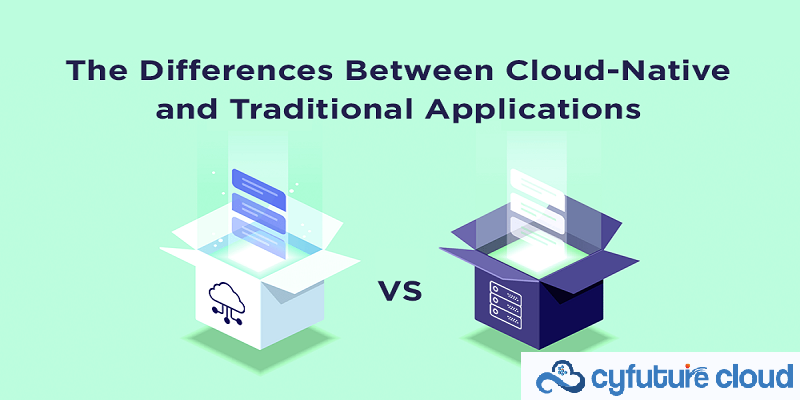
|
Cloud-Native Applications |
Traditional IT Applications |
|
|
Architecture |
Microservices, Containers, Serverless |
Monolithic |
|
Scalability |
High scalability, easy to scale up or down |
Limited scalability, manual intervention required |
|
Resilience |
Built-in resilience through microservices and containers |
Limited resilience, more prone to downtime |
|
Deployment and Management |
Easily deployed, managed and updated in a cloud environment |
More difficult to deploy and manage in a cloud environment |
|
Flexibility |
Greater flexibility in development, testing and deployment |
Limited flexibility |
|
Automation |
Make use of automation tools and technologies |
Limited automation |
|
Cost efficiency |
Cloud-native technologies can help to reduce the cost of running applications and services by making it easier to run them at scale, and by taking advantage of the many cost-saving features of cloud platforms |
Can be costly to run and maintain, especially when scaling |
|
Security |
Leverages the security features of cloud platforms and breaking down monolithic applications into smaller, more manageable microservices |
Can have a monolithic security approach which makes it harder to identify and isolate security breaches |
|
Continuous Deployment and Integration |
Enables continuous deployment, integration and delivery of software, allowing for faster time to market and fewer errors |
Can have a slower development cycle due to lack of automation and integration capabilities |
|
Development Language and Framework |
Leverages cloud-native tools, frameworks, and languages and are deployed on cloud-native platforms such as Kubernetes, OpenShift, and Cloud Foundry |
Can be built using traditional languages and frameworks that may not be cloud-friendly |
How are Cyfuture Cloud and cloud-native solutions connected?
Cyfuture cloud provides the infrastructure, platforms, and services required to build, deploy, and run cloud-native applications. We offer a wide range of services that can be used to build and run cloud-native applications. These services include virtual machines, storage, databases, and container orchestration platforms like Kubernetes.
Cyfuture cloud also offers many other services, such as serverless computing, edge computing, and machine learning, which can be used to build and run cloud-native applications. These services can be easily integrated with cloud-native solutions, providing developers with a wide range of tools and technologies to build and deploy applications in cloud environments.
Cyfuture cloud takes pride in being a cloud-native service provider. Through this, the Cyfuture cloud aims to enable companies to easily host core applications by speeding up development, increasing productivity, and reducing costs.
Summarizing cloud-native
Cloud-native practices and infrastructure are the cutting edge of software delivery as they hold a considerable edge over traditional IT applications. Cloud-native practices such as DevOps increase productivity and collaboration within an enterprise by facilitating the faster rollout of updates without affecting other services and disaster recovery mechanisms.
If you want to learn more about cloud-native, reach our expert team through call or chat, where we discuss all the aspects of the Cloud Native Computing Foundation (CNCF).
Send this to a friend

 Server Colocation
Server Colocation CDN Network
CDN Network Linux Cloud Hosting
Linux Cloud Hosting Kubernetes
Kubernetes Pricing Calculator
Pricing Calculator
 Power
Power
 Utilities
Utilities VMware Private Cloud
VMware Private Cloud VMware on AWS
VMware on AWS VMware on Azure
VMware on Azure Service Level Agreement
Service Level Agreement 




